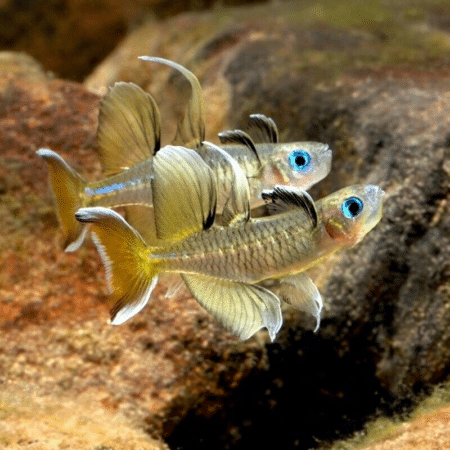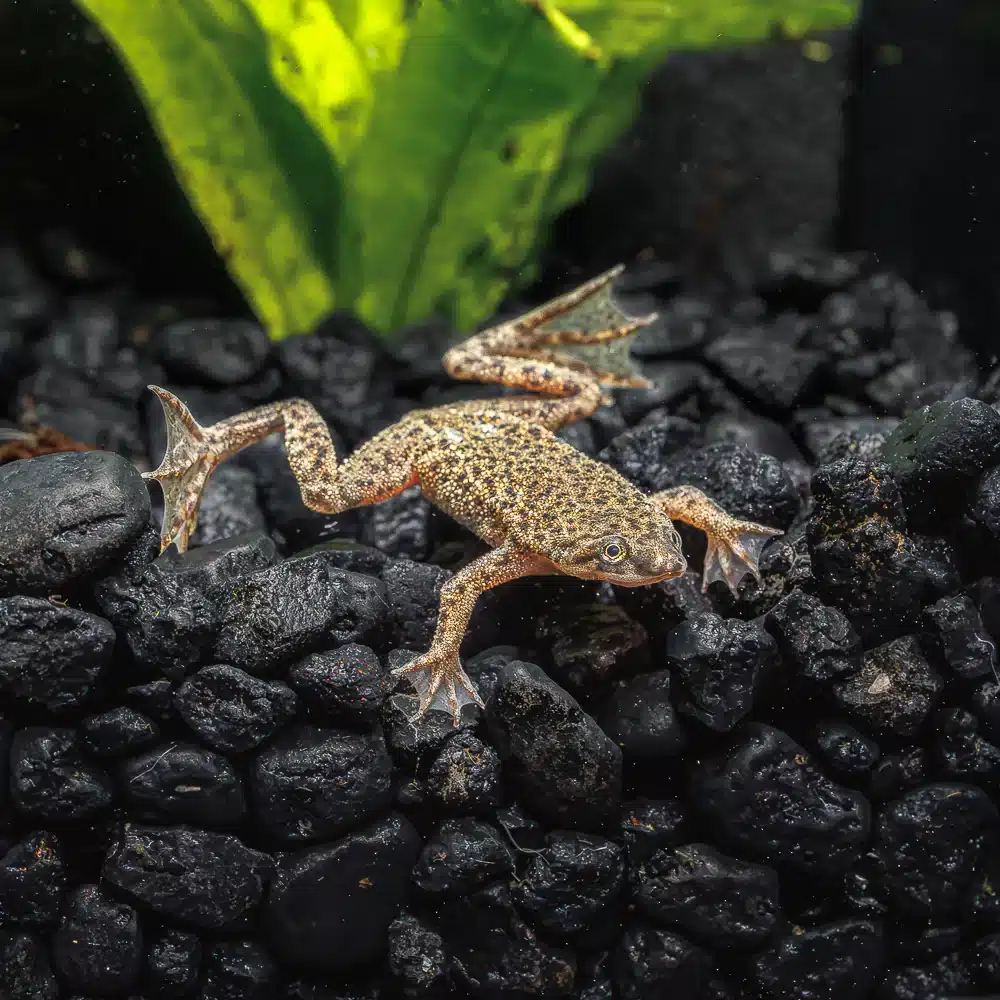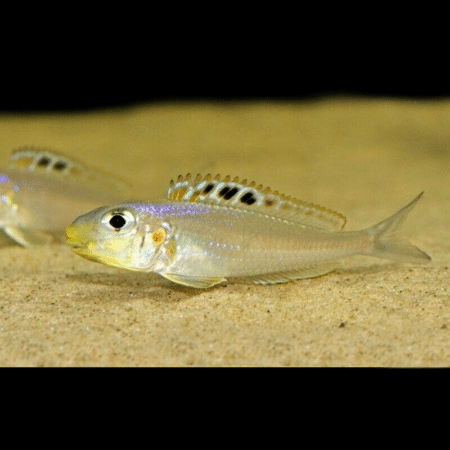To provide the best experiences, we use technologies like cookies to store and/or access device information. Consenting to these technologies will allow us to process data such as browsing behaviour or unique IDs on this site. Not consenting or withdrawing consent, may adversely affect certain features and functions.
The technical storage or access is strictly necessary for the legitimate purpose of enabling the use of a specific service explicitly requested by the subscriber or user, or for the sole purpose of carrying out the transmission of a communication over an electronic communications network.
The technical storage or access is necessary for the legitimate purpose of storing preferences that are not requested by the subscriber or user.
The technical storage or access that is used exclusively for statistical purposes.
The technical storage or access that is used exclusively for anonymous statistical purposes. Without a subpoena, voluntary compliance on the part of your Internet Service Provider, or additional records from a third party, information stored or retrieved for this purpose alone cannot usually be used to identify you.
The technical storage or access is required to create user profiles to send advertising, or to track the user on a website or across several websites for similar marketing purposes.

















Emily Carter (verified owner) –
I recently added the African Dwarf Frog (Hymenochirus sp) to my aquarium, and I’m absolutely thrilled! As an experienced hobbyist, I’ve kept various aquatic life for years, but these little guys have truly captured my heart. They arrived healthy and vibrant, and it’s been about two months since I introduced them to my tank. Watching them swim around and interact with my fish is a joy!
One of the best features is how well they fit into a peaceful community tank; they get along beautifully with my tetras and guppies. Their fascinating behavior and quirky personalities have made my aquarium livelier. I also appreciate that they require a gentle filter and a well-planted habitat, which encourages a healthy environment.
The only minor concern is that they do need to be monitored closely, as they can be a bit shy during feeding time. But after a week of acclimating, they quickly learned where the food is! I highly recommend the African Dwarf Frog to anyone looking to enhance their pet frog collection or simply add some charm to their frog habitat. These delightful amphibians can bring a lot of joy and are perfect for both beginners and seasoned aquarists alike!
Emily Carter (verified owner) –
I’ve been an aquarium enthusiast for years, and adding the African Dwarf Frog to my collection has been such a delight! These little guys are incredibly charming and bring a unique energy to my tank. After about a month of keeping them, I can confidently say they thrive in a well-planted aquarium environment with plenty of hiding spots.
Setting up their habitat was straightforward, thanks to the included care guide. I ensured to provide a gentle filtration system, as they prefer calm waters. Compared to my previous experience with other amphibians, the African Dwarf Frog is far more social and less shy—my frogs love interacting with each other and even follow my finger when I approach the tank!
A small tip: they do enjoy some floating plants to shelter, which adds not only to their well-being but also to the aesthetics of the aquarium. Watching them swim and explore makes my day! I highly recommend these frogs to anyone looking for a unique pet aquatic experience. Perfect for beginners and seasoned aquarists alike, you’ll find joy in their antics and personalities. Plus, they are safe to keep with many community fish species. Overall, I couldn’t be happier with these little amphibian companions!